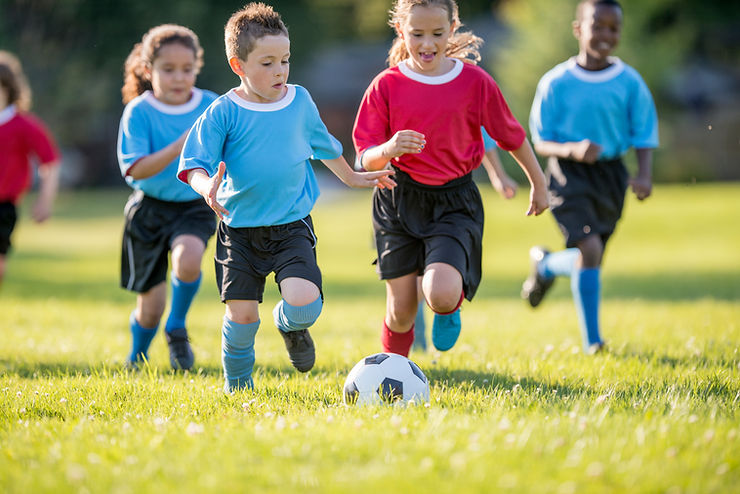Sport is an integral part of Australian culture, it is played on the weekends and watched on televisions and in stadiums across the country. 43% of children under 14 participate in an organised sporting activity outside of school hours at least once per week, and at least 14% of teenagers over 15 volunteer in sporting activities at least once a year. Given children make up such a large cohort of the recreational and competitive sporting community it is vital that appropriate measures are in place to protect them from harm.
Sporting Integrity Australia (SIA) is the independent body authorised to investigate issues and complaints about behaviour which can lead to sport being unsafe and unfair. SIA have a large mandate including anti-doping, competition manipulation, sports wagering and child safeguarding. In March 2021 SIA rolled out the National Integrity Framework (the Framework) to create and foster a safe, fair and healthy sporting environment.
The Framework
In March 2018, following the release of the Wood Review, SIA became integral to managing all issues that threatened the integrity of Australian sport. In 2020, the Australian Human Rights Commission (AHRC) completed an independent investigation of child safety in Australian sport and made key recommendations that child abuse, neglect, misconduct, assault, harassment and bullying in sport needs to be investigated independently.
The Framework was born from AHRC’s recommendations, recognising the importance of a nationally recognised and independent complaint system to ensure integrity in Australian sport. The Framework provides consistent policies and standards which organisations are required to adhere to. There are currently 81 national sporting organisations which have adopted the Framework’s policies.
The Child Safety Policy within the Framework embeds both the National Principles for Child Safe Organisations and the Commonwealth Child Safe Framework to ensure that organisations can promote child safety at all levels of their organisation. The policy includes requirements to promote child safety, reporting and complaints management, child safe practice standards, and the child safe code of conduct.
Safeguarding in Sport
(AHRC) completed an independent investigation of child safety in Australian sport and made key recommendations that child abuse, neglect, misconduct, assault, harassment and bullying in sport needs to be investigated independently.
Complaints Handling
Complaints handling in sport is centralised through SIA. A safeguarding complaint can be made by filling in the online form on the SIA website. SIA will complete a preliminary evaluation to determine whether the complaint is in scope and if in scope, can take two different approaches to managing a safeguarding complaint, depending on the type of breach which has occurred. SIA can provide education and additional support to an organisation to meet their safeguarding obligations or an investigation can be undertaken and a finding given as to the conduct. An investigation can be referred to an external investigator or can be conducted by SIA.
Following an investigation, there are three possible outcomes:
Substantiated – there is sufficient evidence to suggest the alleged conduct is more likely to have occurred than not;
Unsubstantiated – it is more likely than not that a breach did not occur; and
Unable to be substantiated – there are two equally plausible versions of events and the matter cannot be substantiated or unsubstantiated.
If an allegation is substantiated a breach notice is issued and the sporting organisation determines the appropriate sanction, reporting the outcome back to SIA.
How can Safe Space Legal Help?
Providing advice and drafting of child safety policies, procedures and codes of conduct which are compliant with the Framework’s safeguarding policy and other relevant Schemes;
Support organisations to recognise gaps in policy and/or practice which put them at risk of non-compliance with legal obligations;
Ensuring that complaints and reporting processes are compliant with legal obligations under the Framework’s safeguarding policy and other relevant Schemes;
Child safety training;
Child safety and safeguarding investigations compliant with the Framework’s safeguarding policy and other relevant Schemes; and
Root cause analyses following critical incidents.
Contact office@safespacelegal.com.au or call (03) 9124 7321 to organise a discussion in relation to your organisation’s child safety and safeguarding needs.

